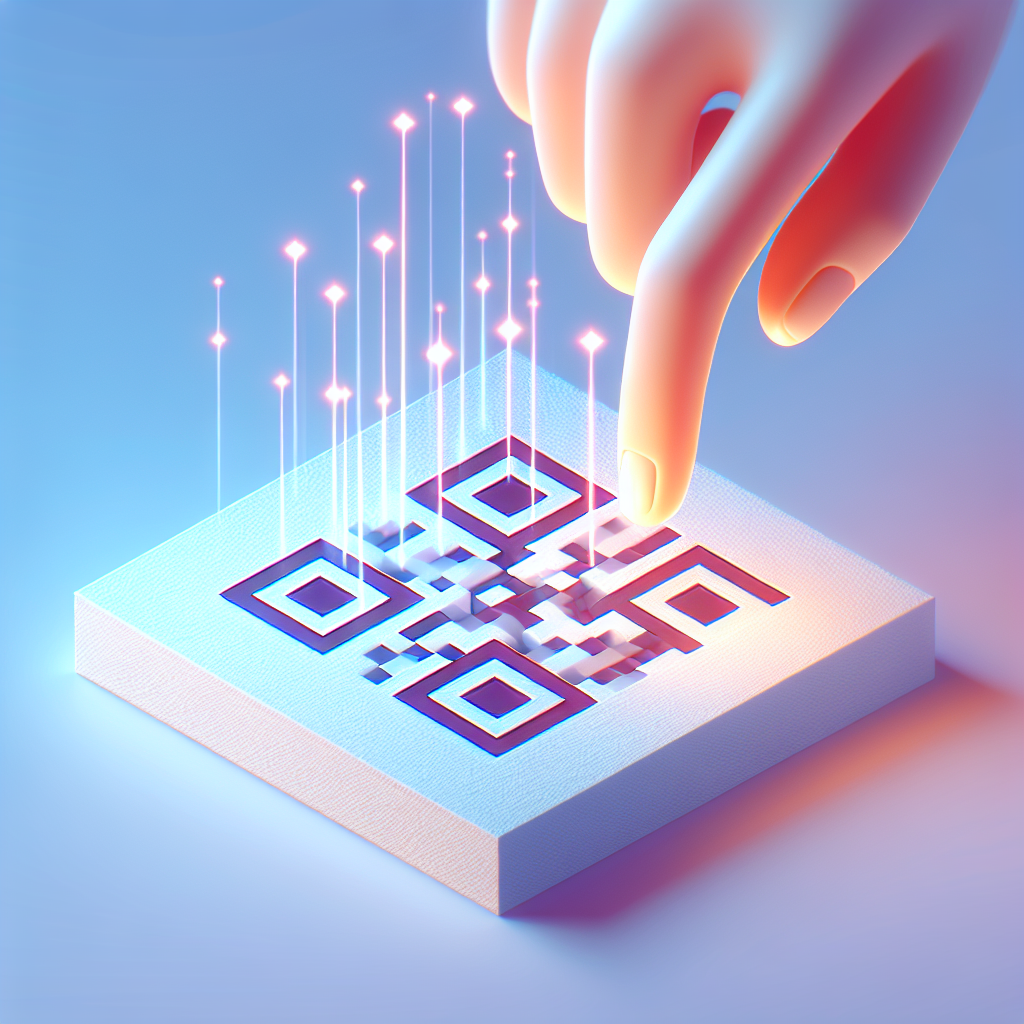In our increasingly digital world, you've likely encountered those intriguing square barcodes made up of black and white pixels. These are called QR codes, short for Quick Response codes, and they've become a ubiquitous tool for accessing informati
What is a QR Code? The Ultimate Beginner's Guide
In our increasingly digital world, you've likely encountered those intriguing square barcodes made up of black and white pixels. These are called QR codes, short for Quick Response codes, and they've become a ubiquitous tool for accessing information swiftly and seamlessly. But what exactly is a QR code, where did it come from, and how does it all work? This guide will walk you through the fundamentals of QR codes, breaking down their history, components, and the simple process of using them.
A Brief History of the QR Code
The story of the QR code began in 1994 in Japan, within the automotive industry. A team at Denso Wave, a subsidiary of Toyota, led by Masahiro Hara, was looking for a more efficient way to track vehicle parts during the manufacturing process. Traditional barcodes at the time could only hold a limited amount of information and needed to be scanned in one direction.
Hara's innovation was a two-dimensional matrix barcode that could store significantly more data and be scanned quickly from any angle. Inspired by the game of Go, Hara developed a grid system that allowed for both horizontal and vertical data storage. The "Quick Response" name reflects the code's primary advantage: its ability to be decoded rapidly.
Initially used for industrial purposes, the adoption of QR codes expanded into other sectors like product tracking, inventory management, and marketing. The real turning point came with the widespread use of smartphones equipped with cameras, making QR code scanning accessible to the general public. Today, QR codes are an integral part of our daily lives, bridging the gap between the physical and digital worlds.
Decoding the Anatomy of a QR Code
While they might look like a random assortment of black and white squares, QR codes have a specific structure composed of several key elements that enable scanners to read them accurately. Here are the main components you'll find in almost every QR code:
- Finder Patterns (Position Markers): These are the three distinctive large squares located in three corners of the QR code (usually top-left, top-right, and bottom-left). These patterns are crucial for helping scanners quickly identify the QR code and determine its orientation. Think of them as the "eyes" of the QR code.
- Alignment Pattern: This is a smaller square located near the bottom-right corner of the QR code. It helps scanners to read the code accurately, especially if it's distorted or being scanned at an angle.
- Timing Pattern: These are alternating black and white modules that form an L-shape connecting the finder patterns. They help the scanner determine the size of the data matrix and ensure accurate reading, even if the code is slightly damaged.
- Data Cells (Data Modules): These are the black and white squares that make up the majority of the QR code. They contain the actual encoded information, which can be website URLs, text, contact details, and much more. The arrangement of these cells represents the binary data that the scanner decodes.
- Quiet Zone: This is the white border surrounding the entire QR code. This blank space is essential as it allows the scanner to distinguish the QR code from its surroundings and ensures it can be read correctly.
How Do QR Codes Work Their Magic?
The process of using a QR code is surprisingly simple and involves three key steps:
- Data Encoding: When a QR code is created, the information you want to share (like a website address) is encoded into a specific format. This data is then translated into the pattern of black and white squares within the QR code. Different types of data, such as numbers, letters, or website links, are encoded using standardized methods.
- Scanning Process: To access the information, you need a device with a camera, such as a smartphone or tablet, and a QR code scanner. Most modern smartphones have a built-in QR code scanner in their camera app. You simply open the camera app and point it at the QR code. The camera will automatically detect the QR code within its frame.
- Decoding Information: Once the QR code is detected, the scanner interprets the pattern of black and white squares. It uses the finder patterns and timing patterns to orient itself and understand the structure of the code. The scanner then decodes the data contained within the data cells, translating the binary information back into the original text, URL, or other type of data. This information is then presented to you, usually as a notification or a prompt to open a link.
The Convenience at Your Fingertips
QR codes have become incredibly popular due to their convenience and ease of use. With just a quick scan using a device you likely already carry, you can instantly access a wealth of information, from website links and contact details to special offers and multimedia content. As we delve deeper into this blog series, you'll discover the vast array of applications for QR codes and how you can leverage them for your own purposes. Stay tuned!
